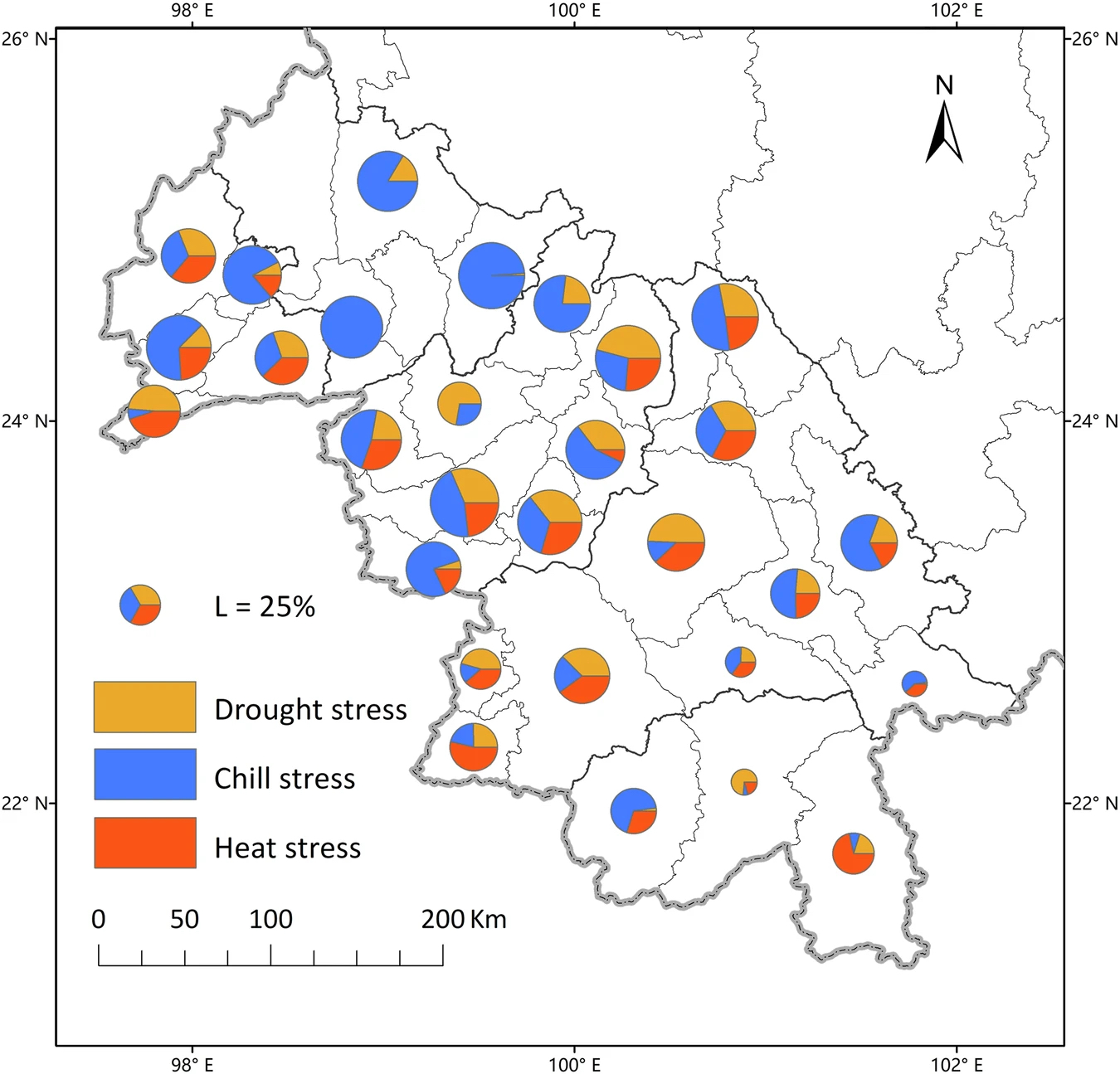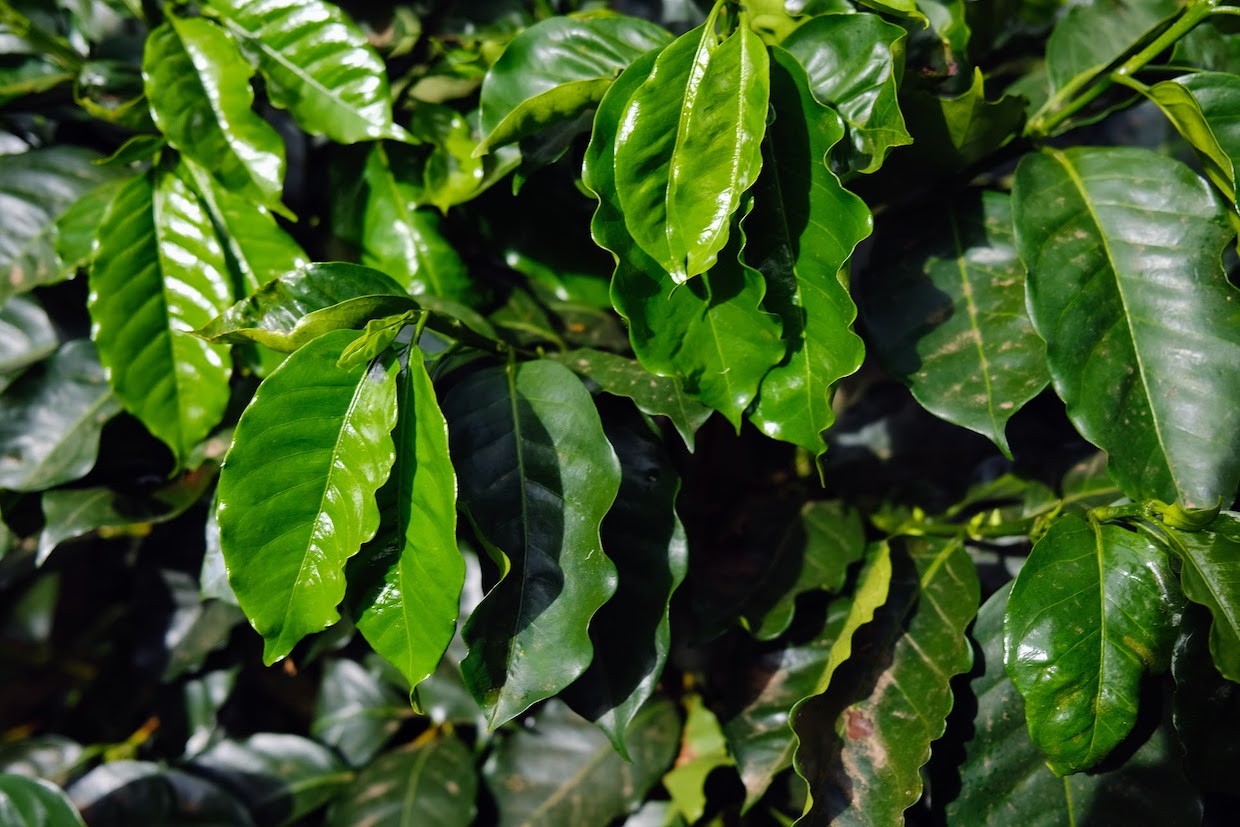As climate change throughout the tropics redraws the map of where the sensitive arabica species may be ideally grown, researchers in China recently set out to identify the most impactful threats over time.
Drawing from 30 years of climate and coffee yield data across 29 major producing counties in China’s principal coffee-growing region, Yunnan, the study found that frost is the most damaging climate threat to coffee yields, followed by drought. Surprisingly, heat stress came in a distant third.
“As geographical shifts to higher latitudes are proposed as a warming climate adaptation, understanding coffee yield response to climate stressors in marginal growing areas is crucial,” the study authors wrote. “Our results could enrich understanding of climate-coffee yield interactions and underscore the need to focus on chill stress in potential coffee-growing regions under future climate change.”
Published in April in the Springer Nature journal NPJ Natural Hazards, the study was led by a team from Beijing Normal University and partner institutions. Funding was provided by the National Natural Science Foundation of China and the Bill & Melinda Gates Foundation. The authors declared no competing interests.
Using data collected between 1992 and 2022, the study encompassed approximately 99% of the planted area in Yunnan, where the predominant Arabica coffee variety is Catimor.

Image shared under a Creative Commons Attribution 4.0 International License. Find the original here.
The researchers found that coffee yield decreased by just shy of 19% per 1°C below freezing during the maturation phase. These “chill stress” events were found to be the dominant yield-reducing climate factor in 66% of the counties studied. However, the study also found that the incidence of “drought stress” during the flowering period, which negatively affects yields, was steadily on the rise.
Heat stress was found to be a leading factor in yield loss in approximately 10% of the counties studied, although its incidence is also increasing.
“In the face of the continuously rising risk of heat stress, it is recommended to increase the coverage rate of shade trees, whose effectiveness in successfully regulating the microclimate within the coffee agroforestry system has been proven,” the authors wrote. “In fact, the Yunnan provincial government has been advocating the use of shade trees since 2012.”
Comments? Questions? News to share? Contact DCN’s editors here. For all the latest coffee industry news, subscribe to the DCN newsletter.







Comment